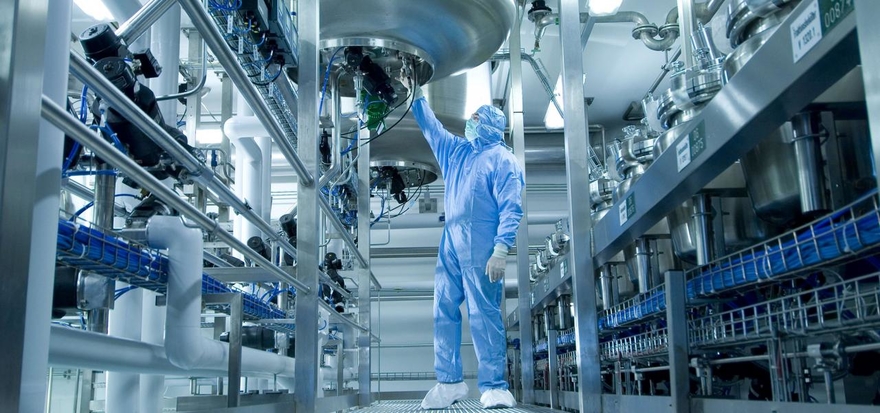536
Sandoz is set to become autonomous within Novartis, the drug manufacturer, but this will come at a cost expected to involve cuts to manufacturing, it has emerged.
Novartis had what CEO Vas Narasimhan called a transformative year in manufacturing in 2018 as it closed or sold eight facilities and restructured eight others to be more efficient, moves that led to nearly 2,000 job cuts. But more is in store for manufacturing over the next 18 months as Novartis transforms its generics unit Sandoz into an “autonomous unit within Novartis.”
Narasimhan dodged questions of whether Sandoz is being prepped for a sale or spinoff during the fourth-quarter earnings call, only saying the plan is to position it to grow sustainably in the medium to long term, which includes making its manufacturing more cost effective.
That will be accomplished, Narasimhan said, by following the current path of focusing on biosimilars and complex, hard-to-manufacture generics and shedding low-margin SKUs, which may lead to more manufacturing consolidation. Finally, he said Sandoz will be exiting more geographic areas with product and plant sales like it did with Aurobindo last year.
The Indian company agreed to pay $1 billion for 300 low-margin generics sold in the U.S. It also took on manufacturing plants in Wilson, North Carolina, and Hicksville and Melville, New York, which Aurobindo said are “highly complementary” to its existing production footprint. About 750 employees from those plants and dermatology sales reps also are moving to Aurobindo.
“We’re also now looking at geographic focus,” Narasimhan said. “Even beyond the Aurobindo transaction, we’ll be looking at other geographies where we may want to focus away from to enable us to really be positioned in markets where we can drive solid performance over the medium to long term.”
One of the challenges of this “de-integration of Sandoz” is separating its manufacturing “overlap” from those of its innovative medicines operation.
Narasimhan sees two principal places of overlap, packaging—which he sees as easy to disentangle—and biologics. The same plants that now produce the biosimilars that Sandoz sells also manufacture branded drugs like psoriasis med Cosentyx and inflammatory disease drug Ilaris. “…we believe we can manage that through supply agreements internally once we move to the separated state,” he explained.
Sandoz will get help with manufacturing for some of the next-generation biosimilars that Sandoz will sell. It struck a deal with India’s Biocon in which it will share that responsibility on multiple biosimilars in immunology and oncology. It crafted another deal for biosimilar insulins with Gan & Lee, which it described as a leading insulin supplier headquartered in China with more than 20 years’ experience in insulins and production capacity with attractive cost of goods sold structures.
It will be up to Sandoz CEO Richard Francis to turn the ship around. Sandoz sales for the fourth quarter were down 2% and 3% for the year.



